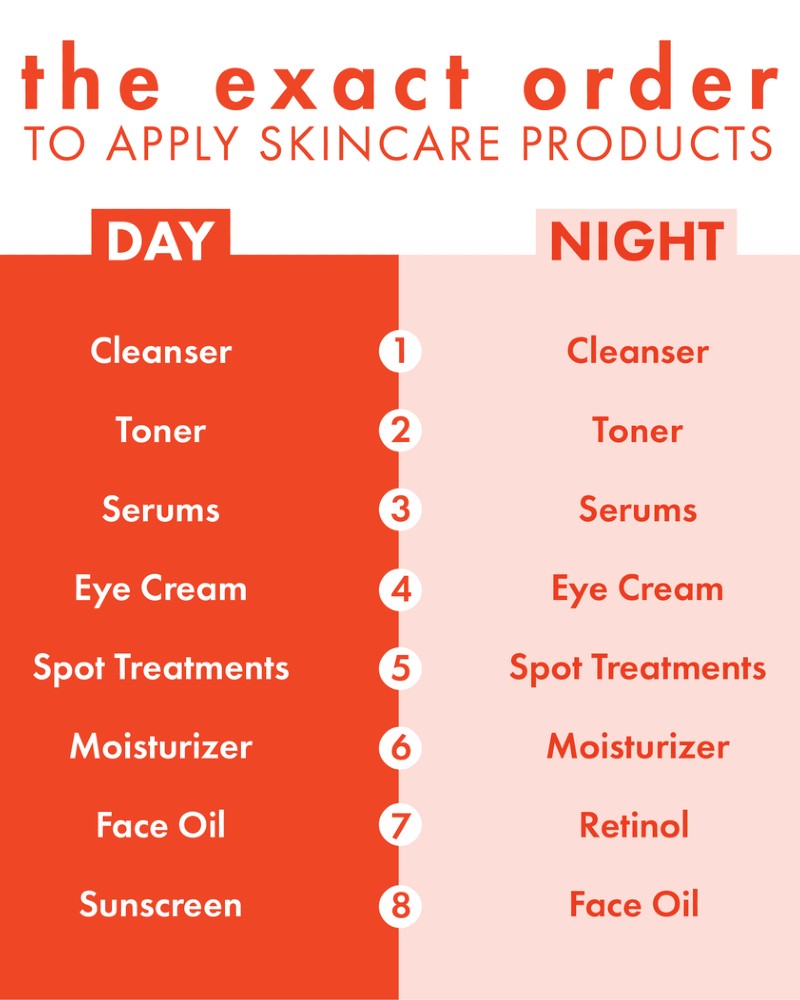
Understanding the impact of birth order on your personality can provide valuable insights into your behavior and the dynamics within your family. While individual differences always play a role, birth order can shape specific traits and tendencies that persist into adulthood.
Whether you’re the eldest, youngest, or somewhere in between, experts believe that your place in the sibling hierarchy can greatly shape your personality traits. While personal opinions may vary, scientific research provides valuable insights into the relationship between birth order and personality.
The Firstborn Child
A study from the University of Illinois suggests that most firstborn children exhibit such traits as extroversion, agreeableness, and conscientiousness. They’re confident, aware of their parents’ love, and even tend to perform better at school.
Sam Jahara, a psychotherapist and co-founder of Brighton and Hove Psychotherapy, argues that children born first usually receive better opportunities as far as education is concerned. Although these children are also exposed to the fears of their parents and inexperience, they usually get more attention from their parents. Older siblings often learn to be organized and prioritize as they manage tasks involving taking care of the younger siblings.
The Middle Child
Middle children, on the other hand, tend to develop negotiation skills and empathy since they grow up sharing resources with their siblings. Jahara notes that middle children are often seen as peacemakers within the family, given their role in mediating between older and younger siblings.

These children may also feel the need to compete for attention to establish their place. Research indicates that they benefit from being somewhat neglected, which fosters independence, outside-the-box thinking, and a reduced need to conform. Middle children may lash out to get attention during their younger years, because they crave attention, but will grow up to be caring, pragmatic adults.
The Youngest Child
Youngest children often experience a more relaxed parenting style, as their older siblings share some of the responsibilities. Jahara explains that the firstborns are usually considered as the responsible ones, whereas the middle child usually holds the place of a peacemaker. Thus, the youngest child may feel less pressure.
However, this can lead to a sense of lagging behind or insignificance. Studies from the universities of Reading and Birmingham suggest that the youngest child often exhibits a rebellious, outspoken personality. This trait makes them more exploratory, unconventional, and tolerant of risk, from trying new things to being more willing to stand up for themselves during confrontations or difficult situations.
The Expert Guide to a Simple Skincare Routine

Building the perfect skincare routine can be overwhelming, especially for beginners. But not to worry! Professional dermatologists have shared their expert advice here to help you create the easiest and most effective skincare routine in 2023. Let’s break down the essentials of a step-by-step guide to achieving healthy and glowing skin.
The Must-Have Skincare Products

According to dermatologist Dr. Karan Lal, you only need three essential products to achieve great skin — cleanser, moisturizer, and sunscreen. Start your skincare routine with a gentle, sulfate-free face wash to remove impurities and ensure proper absorption of subsequent products. Then apply a simple fragrance-free formula twice a day to maintain a well-hydrated skin barrier. Also, never forget to protect your skin from harmful UV rays by using a mineral or chemical-based sunscreen with a minimum SPF of 30.
Building an Effective Skincare Routine

Follow these steps to build and layer your skincare routine effectively:
● Step 1: Cleanser – Use a cleansing oil to remove makeup without stripping your skin. Follow up with a gentle, creamy skincare cleanser to ensure clean and oil-free skin.
● Step 2: Toner (Optional) – Hydrating or exfoliating toners prepare your skin for better product absorption. Avoid skincare toners containing alcohol or strong chemicals.
● Step 3: Serum (Optional) – Skincare serums provide concentrated nutrients, hydration, and antioxidants to boost skin health. Consider using a vitamin C serum in the morning to protect against inflammation and brighten dark spots. At night, a hyaluronic-acid-based serum can help hydrate and prepare your skin for other treatments.
● Step 4: Eye Cream (Optional) – Apply an eye cream before moisturizers and skincare oils. Look for caffeine-based creams in the morning to reduce puffiness and hydrating creams at night to repair the under-eye skin barrier.
● Step 5: Spot Treatment – Apply spot treatments for zits, scars, or dark spots at night to allow for better absorption. Tap the spot treatment on before applying skincare moisturizer.
● Step 6: Moisturizer – Use a moisturizer twice a day to provide essential hydration and maintain a healthy skin barrier. Pick formulas with ceramides, glycerin, and hyaluronic acid.
● Step 7: Retinol (Nighttime Only) – Retinoids speed up cell turnover, smooth wrinkles, fade dark spots, and clear pores. Start with a pea-size amount of skincare retinol once a week and gradually increase frequency.
● Step 8: Face Oil – Apply face oils as the last step to seal in moisture and enhance the efficacy of previous products. Oils can even help regulate excess oil in acne-prone skin.
● Step 9: Sunscreen (Morning Only) – Apply sunscreen with at least SPF 30 as the final step in your morning routine.